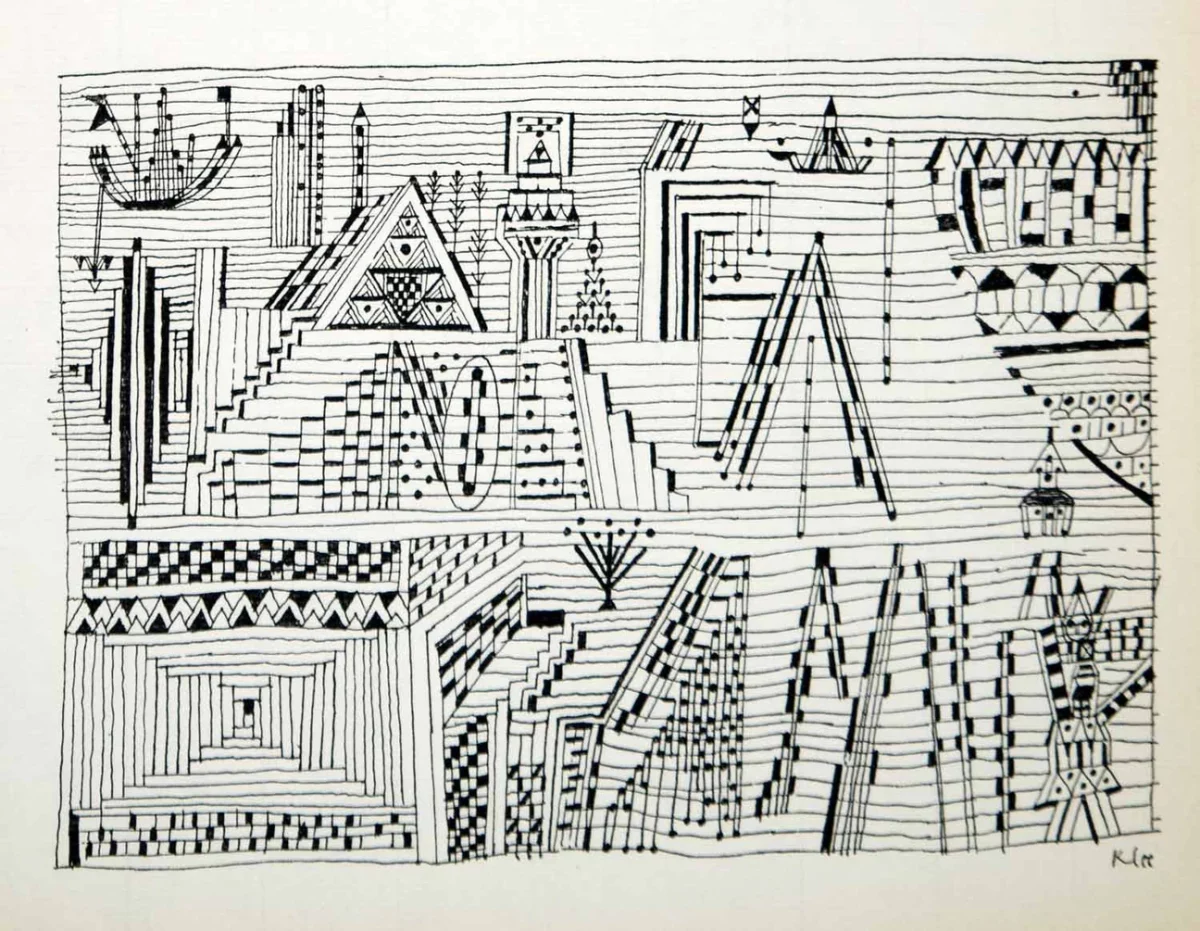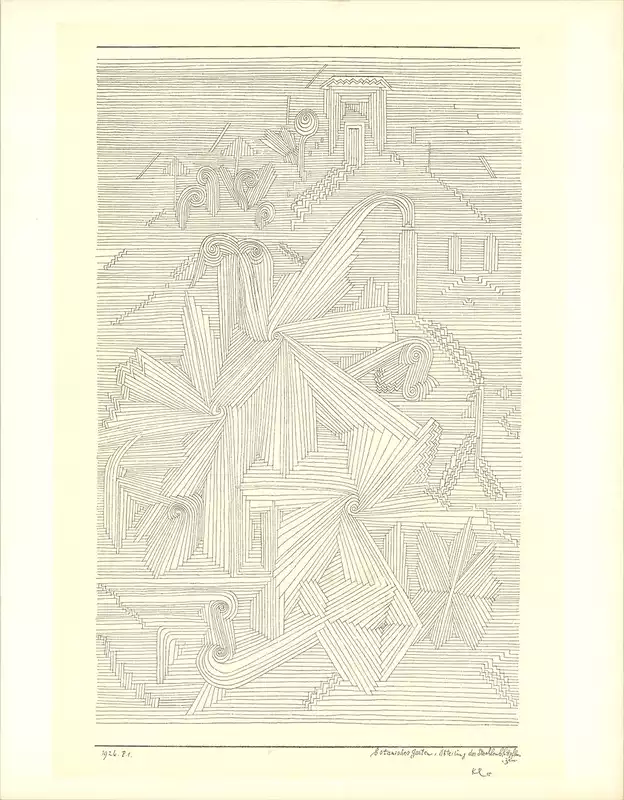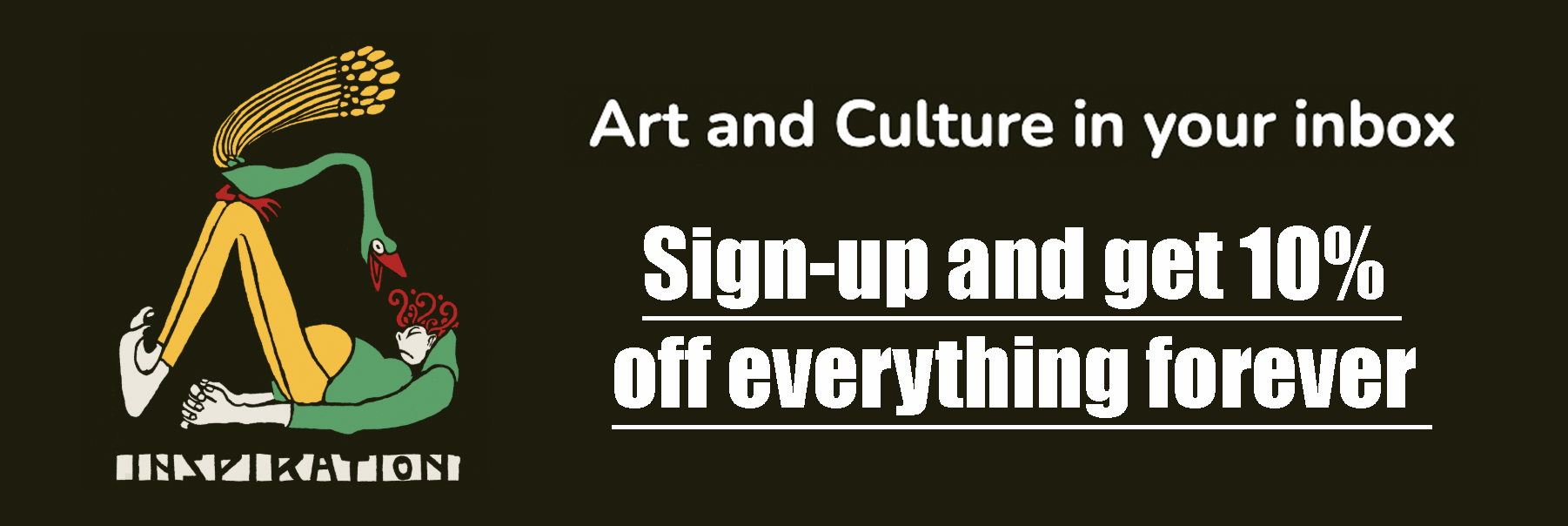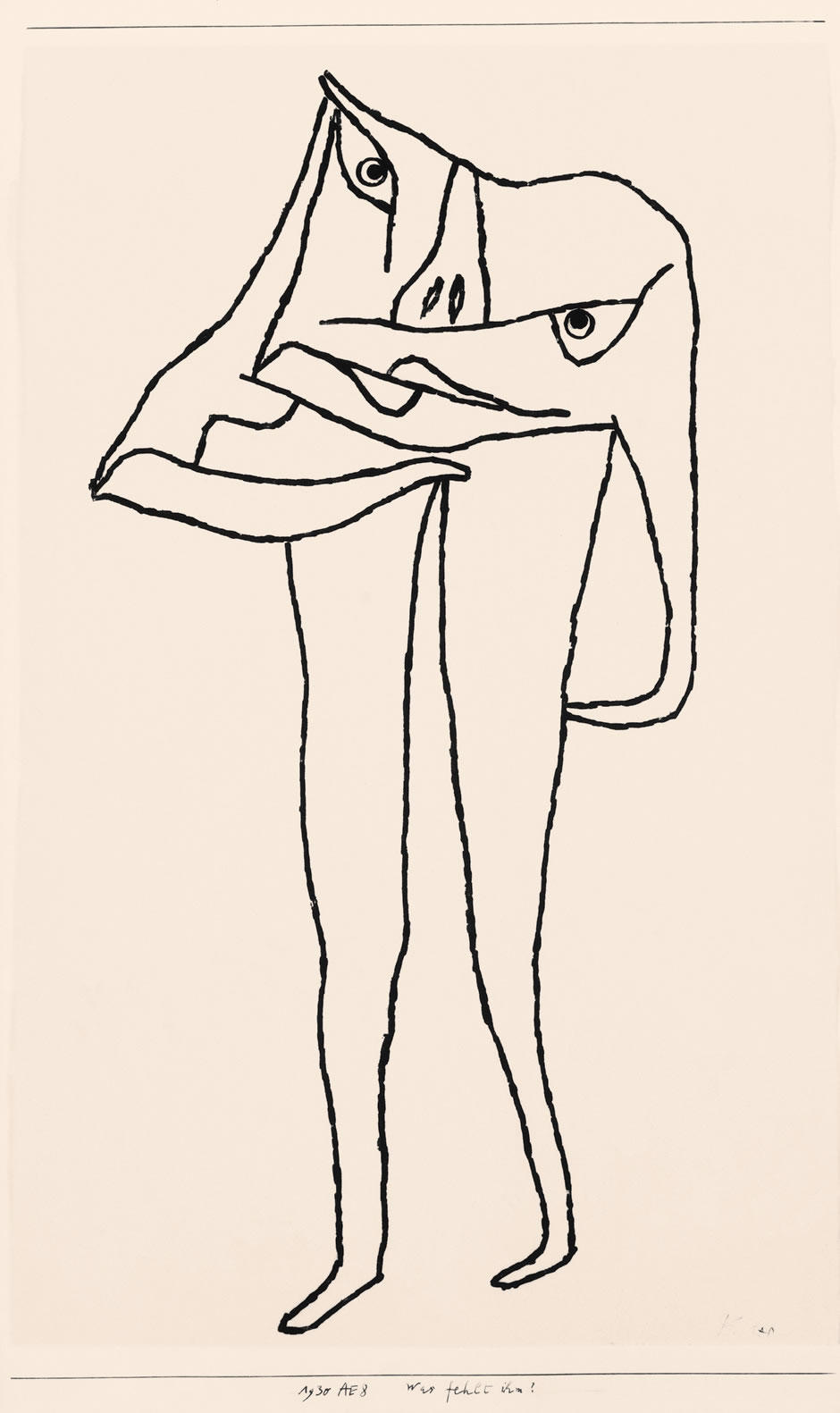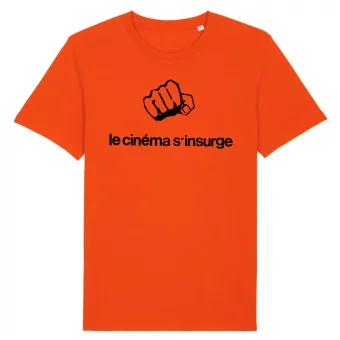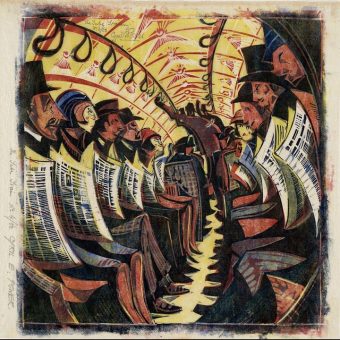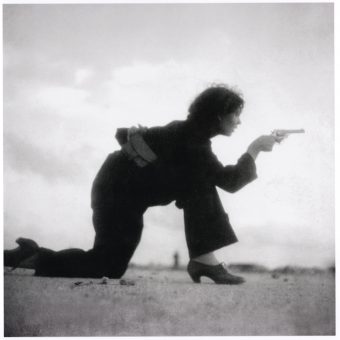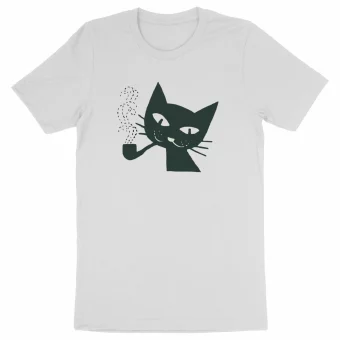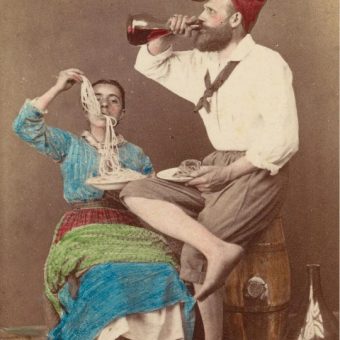The artist cannot do without his dialogue
with nature,
for he is a man, himself of nature,
a piece of nature and within the space of
nature.– Paul Klee, 1923
For German-Swiss artist Paul Klee (1879 -1940) the line is “a dot that went for a walk”. For him, drawing the line and what it becomes, is “part of a concept of the infinite as cosmic/earthly tension”. It’s deep-thinking stuff. And it’s fascinating.
The line lets your eye wander across the page, freeing your mind. And Klee had much to say about it. As Socks Studio notes, in the second volume of the collection of Klee’s Bauhaus lessons, published in The Documents of Modern Art Series, (Band 2: Unendliche Naturgeschichte (The nature of nature); first published in 1946), the artist addresses the analogy of pictorial form with natural processes, introducing how lines in a composition are submitted to specific logic of growth and progression. He further compares the organisational systems of plants to the linear organisations in a drawing.
What Klee is getting at is stated in his notes on nature:
Creative power is ineffable. It remains ultimately mysterious. And every mystery affects us deeply. We are ourselves charged with this power, down to our subtlest parts. We may not be able to express its essence, but we can move towards its source, insofar as at all possible. In any event, it is up to us to manifest this power in its functions, just as it becomes
manifest within ourselves.In all likelihood, it is itself a form of matter, although it cannot be perceived with the same senses as the more familiar kinds of matter. Yet it is in these familiar kinds that it must reveal itself. It must function in union with matter. Permeated with matter, it must take on living, actual form. It is thence that matter derives its life, acquiring order from its minutest particles and most subordinate rhythms all the way to its higher articulations.
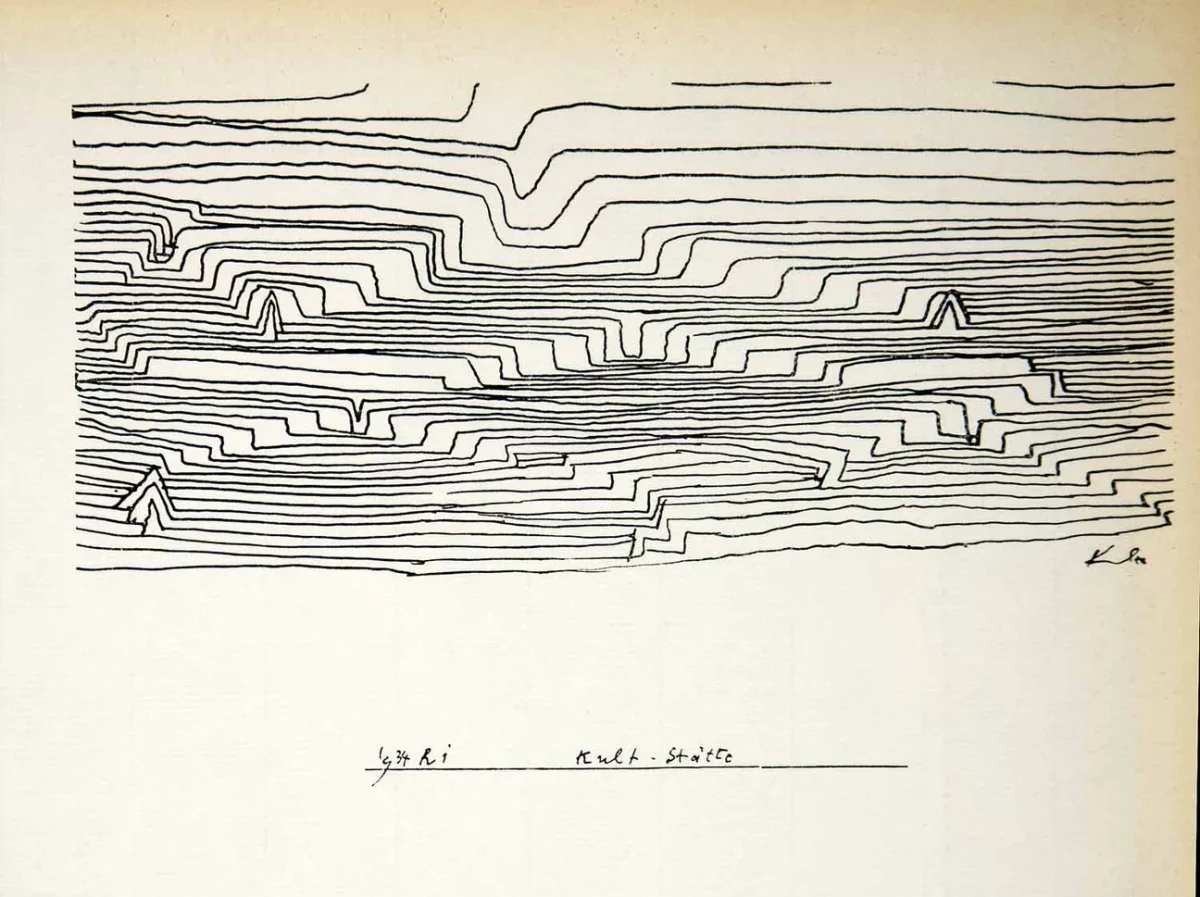
Paul Klee, Site of Worship Kultstatte
Some of Klee’s linear work in pen and ink creates imaginary cities and landscapes parred down to patterns or serial geometries. The repetitions are never routine but and call on variations, allowing the lines to evolve and connect. We see geometric structures built upon horizontal lines interwoven with ornamental arrangements of parallel bands. Everything is united in space by lines overlapping and crossing.
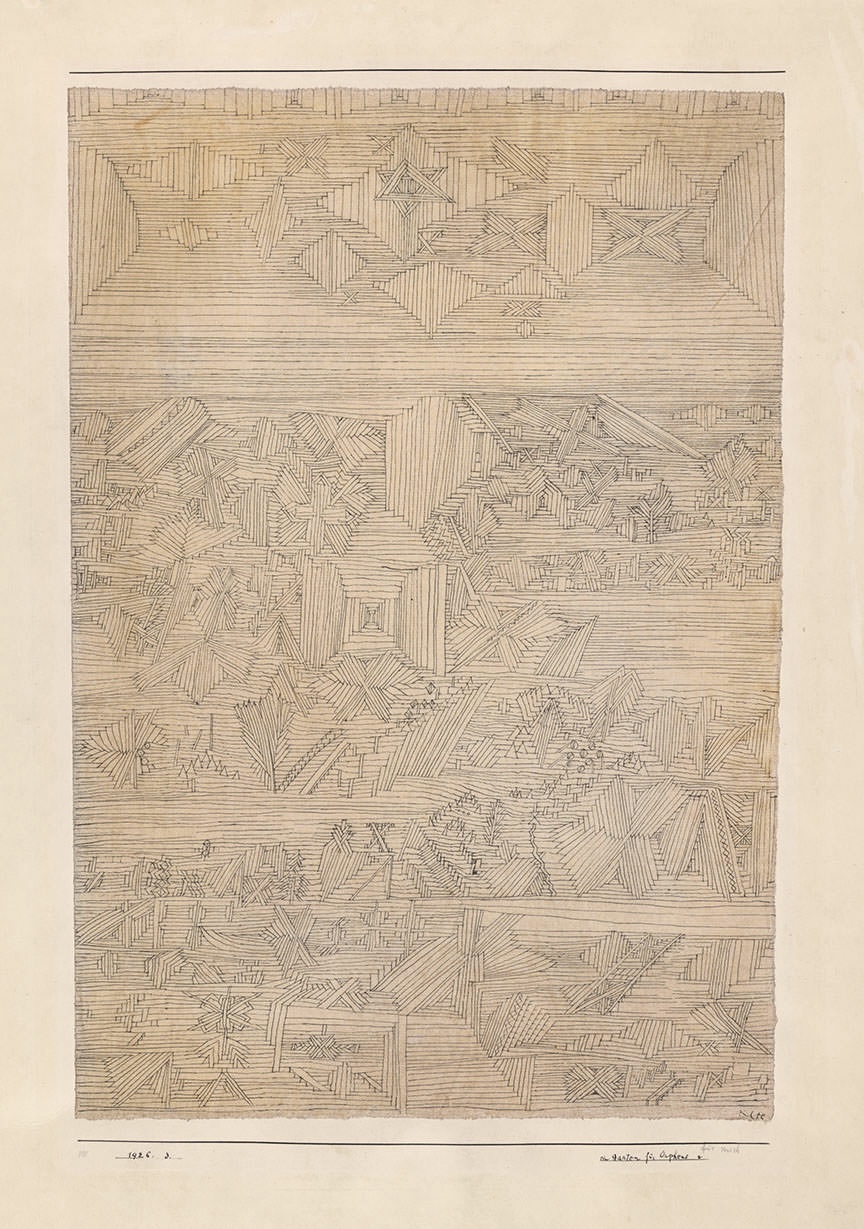
Ein Garten für Orpheus, Paul Klee, 1926
Bfore the pen hits the paper and gravity draws the ink out and keeps the page flat, and the hand heavy, what is there? Klee ponders:
“In the beginning what was? Things moved freely, so to speak, in neither curved nor straight directions. They must be thought of as primordially mobile, they go whither they go, in order to go, without aim, without will, obeying no law, taking their motion for granted, as a state of primordial mobility.
“‘Initially there is but one principle: to move. No law of motion, in other words, no special will, nothing specific, nothing partaking of order. Chaos and anarchy, a turbid jumble. The intangible – nothing is heavy, nothing light; nothing is white, nothing black, nothing red, nothing yellow, nothing blue,only an approximate grey.
“Even the grey is not precise, nothing is precise, all is vague, indeterminate. No here, no there, only everywhere. No long-short, only everywhere. No far-near, no yesterday, today, tomorrow, only tomorrow-yesterday. o doing, only being.”
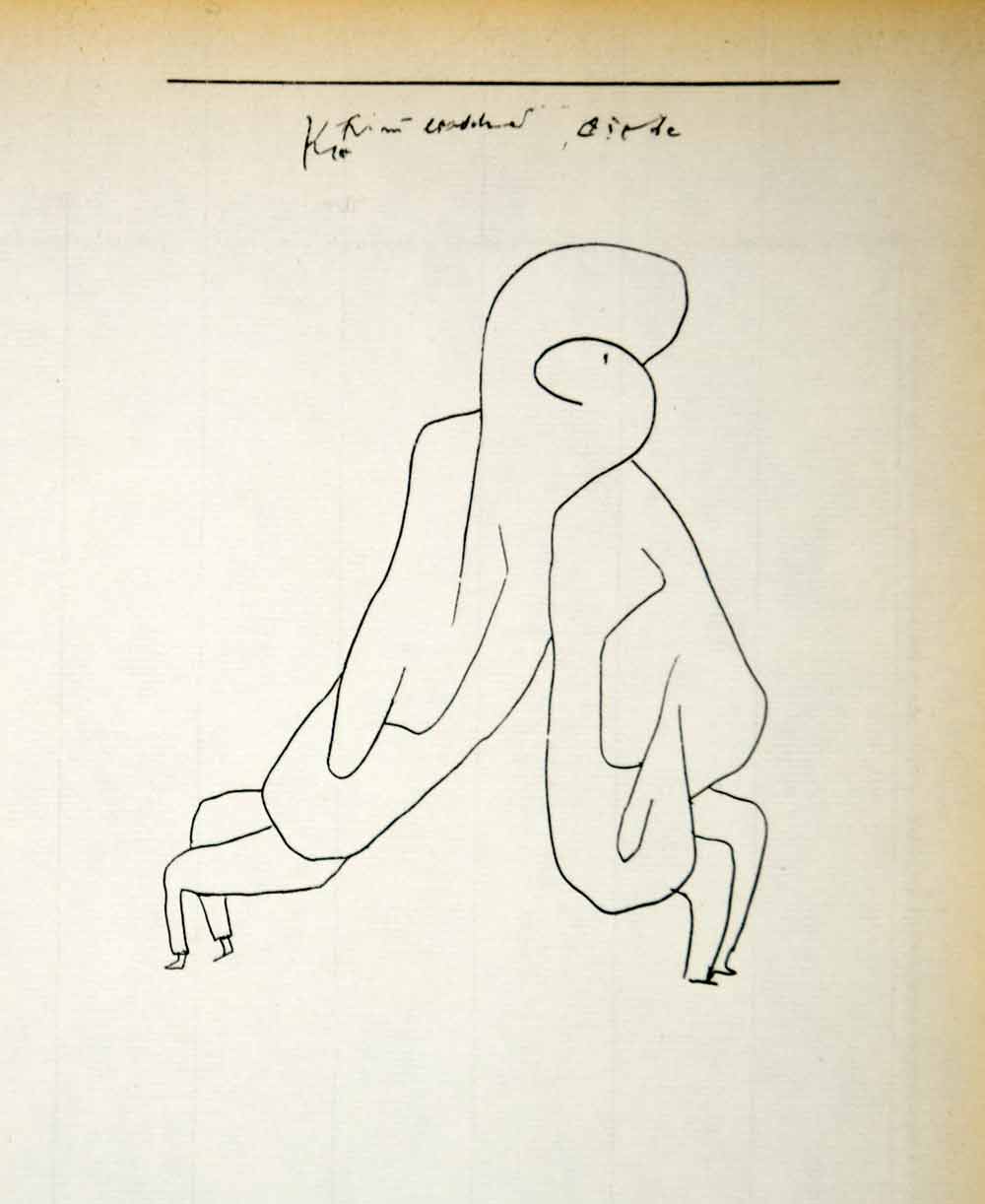
Paul Klee Heavenly Love Himmlische Liebe Abstract Line Figures
In other moments, he talks of the endless potential and possibility when the pencil touches the paper:
“The instinctively sensed possibility of going beyond a beginning is characterised further, in the concept of the infinite, which extends from beginning to end (not relatedsolely to the beginning), leading to cyclical motion, where movement is the norm and the question of its inception does nottherefore arise.”

Paul Klee Beetle Der Kafer Flower
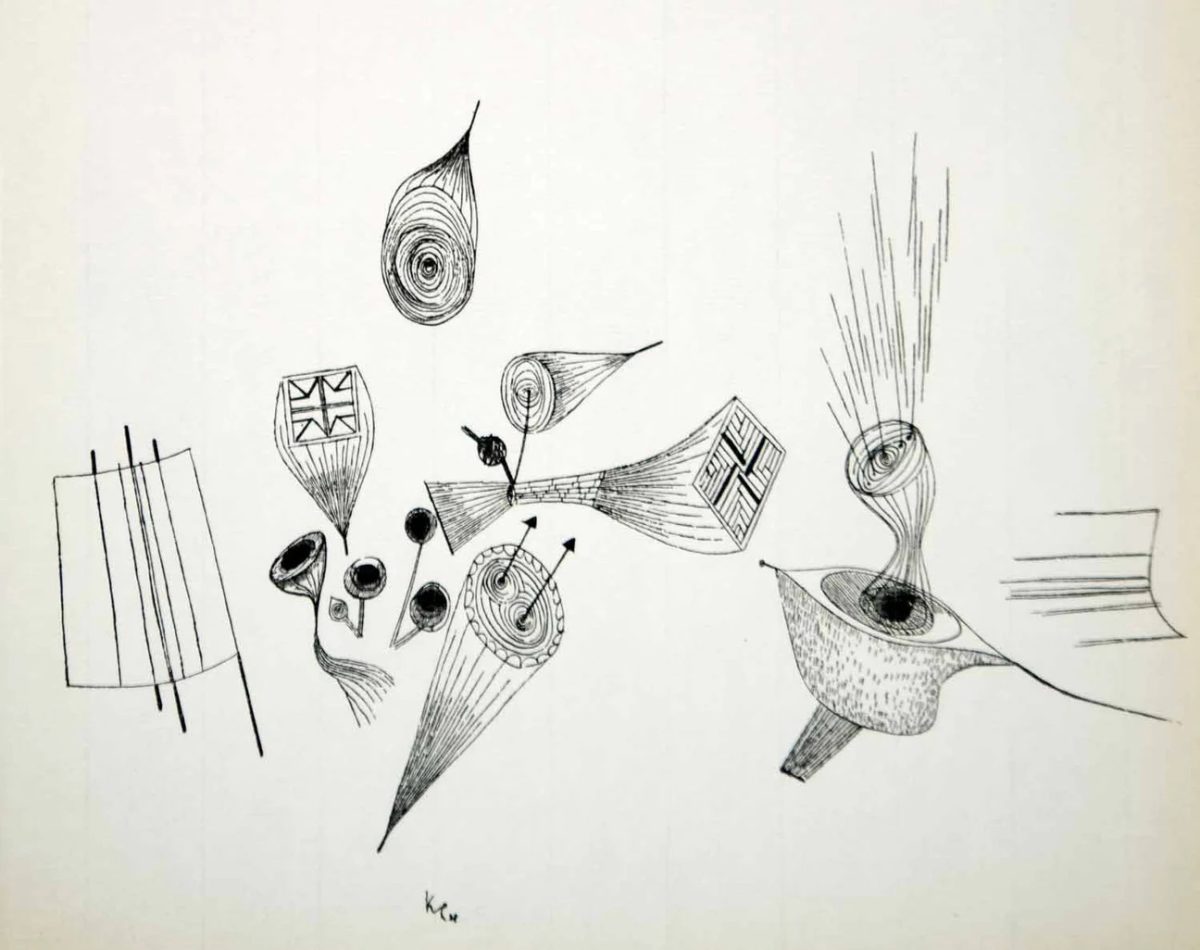
Paul Klee Temperaments
“A line is a dot that went for a walk. A drawing is simply a line going for a walk. Art does not reproduce what we see; rather, it makes us see.”
– Paul Klee
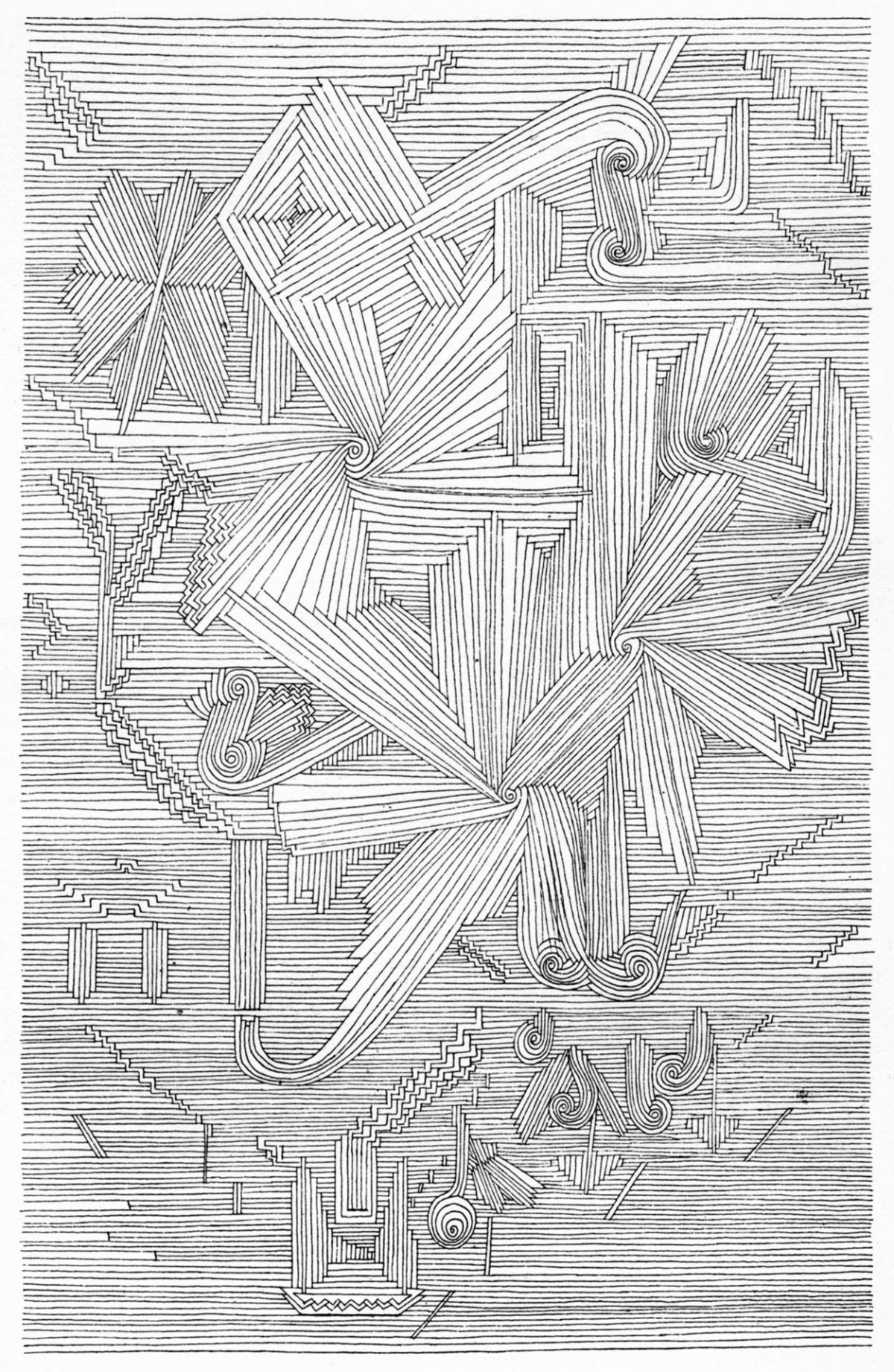
Paul Klee, Botanical Garden, Palmate Plants
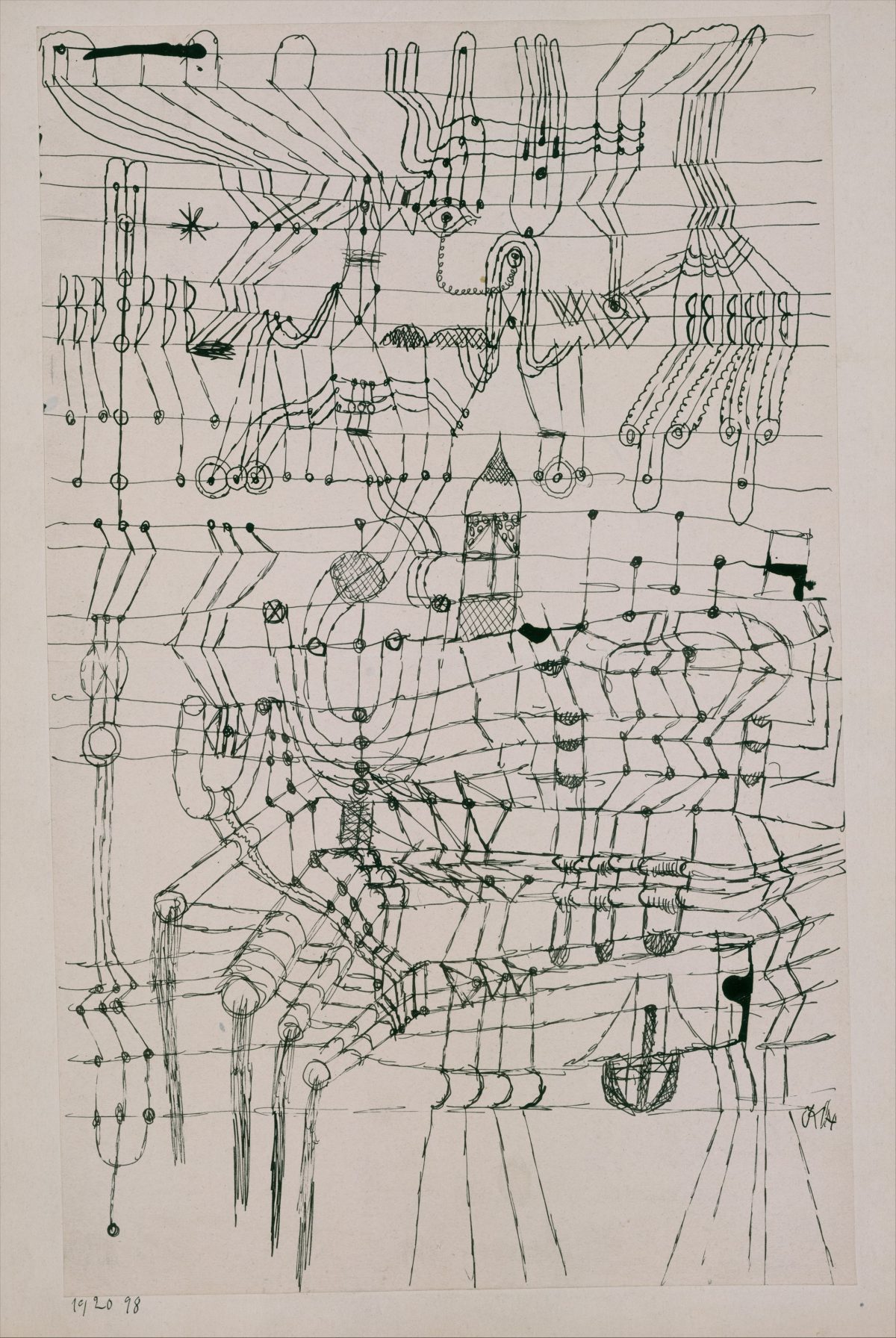
Drawing Knotted in the Manner of a Net – drawing, by Paul Klee, 1920
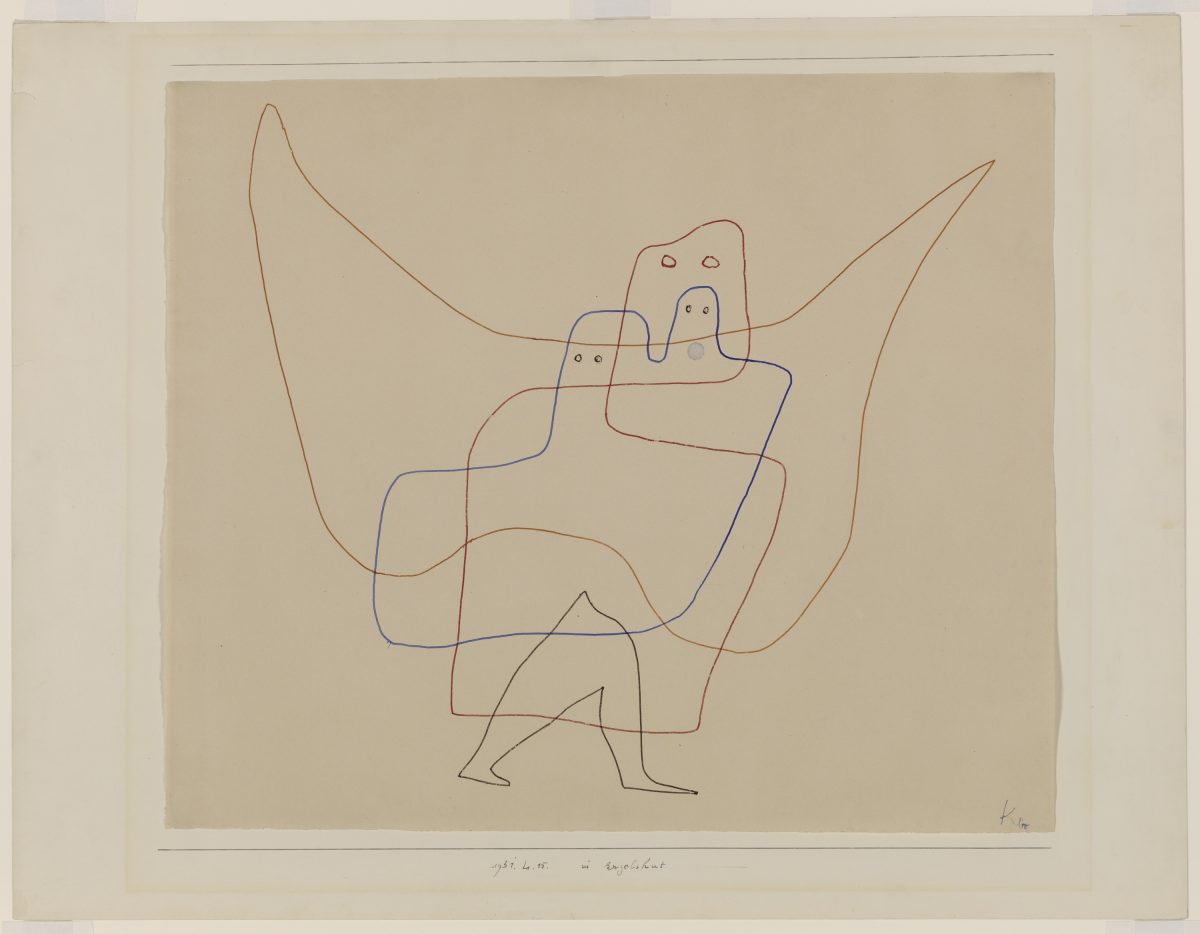
In Angel’s Care, 1931
You can read Paul Klee’s The Nature of Nature as a pdf for free here.
And we’ve a selection of rather lovely Paul Klee art and apparel in the Flashbak Shop – here.
Via: Socks Studio,
Would you like to support Flashbak?
Please consider making a donation to our site. We don't want to rely on ads to bring you the best of visual culture. You can also support us by signing up to our Mailing List. And you can also follow us on Facebook, Instagram and Twitter. For great art and culture delivered to your door, visit our shop.
